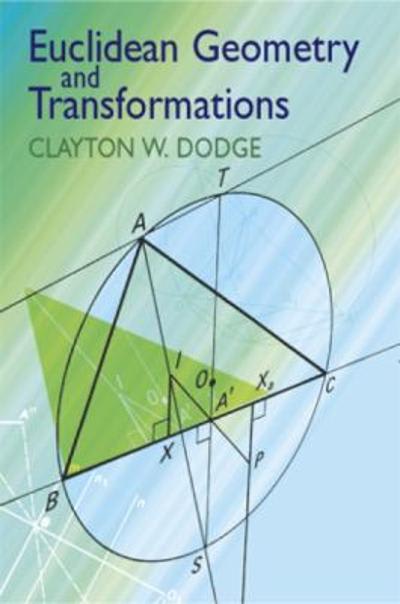Question
This question is very similar to the first exercise - be mindful of the details! A study was designed to test the effects of inadequate
This question is very similar to the first exercise - be mindful of the details!
A study was designed to test the effects of inadequate sleep on college students' test performance. Thirty six college students were randomly selected to take part in the study. They all took an elementary arithmetic quiz after a night of 8 hours of sleep, and then the following week, they took an equivalent quiz after only 4 hours of sleep. The results from these two tests are in Sleep.mtw on Moodle. Use a 0.01 significance level to test if the students got higher scores on average after 8 hours of sleep than they did after only 4 hours of sleep.
What parameter(s) are being studied? a.
The parameters are 4 hours of sleep and 8 hours of sleep. b.
The parameters are college students and test scores.
c.
The parameter is the average of the change in test scores after getting 8 hours of sleep instead of only 4 hours of sleep. d.
The parameters are the mean of the test scores after 4 hours of sleep, and the mean of the test scores after 8 hours of sleep.
State the null and alternative hypotheses.
a.
0:8=4H0:8hourscore=4hourscore
1:8<4H1:8hourscore<4hourscore
b.
0:8=4H0:8hourscore=4hourscore
1:8>4H1:8hourscore>4hoursscore
c.
0:=0H0:D=0
1:>0H1:D>0
=84D=8hourscore4hourscore
d.
0:=0H0:D=0
1:<0H1:D<0
=84D=8hourscore4hourscore
Explain how you know these two samples are dependent instead of independent. a.
These samples are not dependent.
b.
The students take only proctored exams.
c.
These are different students in each sample, which are unrelated to each other. d.
The data in each sample are naturally paired together.
State whether the requirements are met for a t test with dependent samples, and why. a.
The test requirements are met because there are at least 30 total observations.
b.
The test requirements are met because there are at least 30 matched pairs of observations.
c.
The test requirements are met because test scores are normally distributed.
d.
The test requirements are not met because the test scores are not normally distributed.
What is the value of the test statistic, written to two decimal places?
:
What are the degrees of freedom for the test statistic?
:
What is the p-value for the test statistic, written to three decimal places?
:
What is your decision: reject or don't reject the null hypothesis? a.
Reject the null hypothesis because the p-value is less than the significance level.
b.
Reject the null hypothesis because the p-value is more than the significance level. c.
Don't reject the null hypothesis because the p-value is more than the significance level. d.
Don't reject the null hypothesis because the p-value is less than the significance level.
State your conclusion in the context of the original claims.
a.
With a p-value of 0.999, there is not enough evidence to support the claim that test scores after 8 hours of sleep are lower on average than test scores after 4 hours of sleep. b.
With a p-value of 0.001, there is sufficient evidence to support the claim that test scores after 8 hours of sleep are loweron average than test scores after 4 hours of sleep. c.
With a p-value of 0.001, there is sufficient evidence to support the claim that test scores after 8 hours of sleep are higher on average than test scores after 4 hours of sleep. d.
With a p-value of 0.999, there is not enough evidence to support the claim that test scores after 8 hours of sleep are higher on average than test scores after 4 hours of sleep.
Report a post hoc confidence interval for the mean of the difference between the test scores. a.
With 99% confidence, the test scores after 8 hours of sleep were higher than the test scores after 4 hours of sleep by an average of at least 8.50 points. b.
With 99% confidence, the test scores after 8 hours of sleep werelowerthan the test scores after 4 hours of sleep by an average of at least 2.16 points. c.
With 99% confidence, the test scores after 8 hours of sleep were lowerthan the test scores after 4 hours of sleep by an average of at least 2.16 points. d.
With 99% confidence, the test scores after 8 hours of sleep were higher than the test scores after 4 hours of sleep by an average of at least 2.16 points.
Step by Step Solution
There are 3 Steps involved in it
Step: 1

Get Instant Access to Expert-Tailored Solutions
See step-by-step solutions with expert insights and AI powered tools for academic success
Step: 2

Step: 3

Ace Your Homework with AI
Get the answers you need in no time with our AI-driven, step-by-step assistance
Get Started


